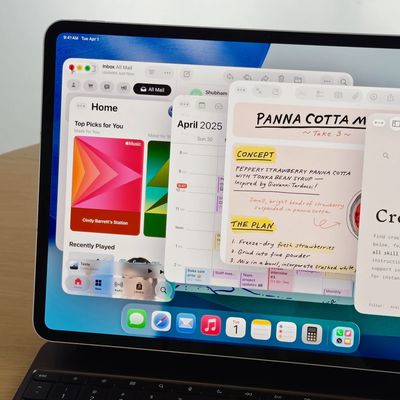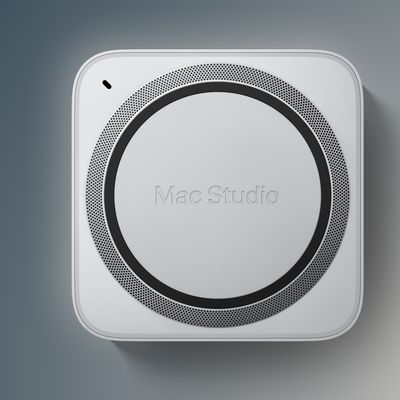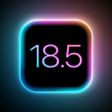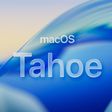iTunes 10.5 Beta is 64-bit, and... Cocoa?
The beta version of iTunes 10.5 released to developers last week is the first version of iTunes to run in 64-bit mode. The distinction is perhaps a bit minor for an app like iTunes, but has been the source of much discussion over the years. What's perhaps of more significance is the belief that this 64-bit support must mean that iTunes has been ported from Carbon to Cocoa, though that line seems to be rather blurred.
The primary advantage afforded 64-bit applications is the ability to address more than 4GB of memory which can be a distinct advantage for applications which use large data sets. Adobe, for example, received some criticism in 2008 that their Photoshop products were slow to adopt 64-bit mode on the Mac. 64-bit Photoshop for Mac ultimately arrived with CS5.
The reason for the long delay was the fact that Apple dropped support for 64-bit mode in Carbon back in 2007, requiring developers to port their existing Carbon applications to Cocoa in order to take advantage of 64-bit mode. This primarily affected older applications such as Photoshop and iTunes which had existed prior to Mac OS X and were still using Carbon, Apple's legacy API. Meanwhile, Cocoa was Apple's native API for Mac OS X and offered some additional user interface advantages. For better or worse, many users saw Cocoa applications as superior to their Carbon counterparts due to historic baggage of many of the Carbon applications.
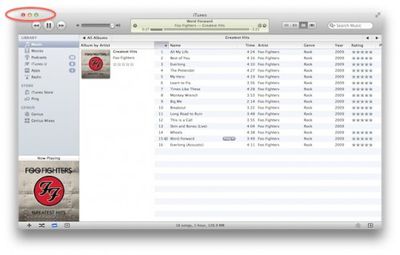
The latest iTunes 10.5 developer beta does run in 64-bit mode in Mac OS X Lion, but still runs in 32-bit mode in previous versions of Mac OS X. Discussions in the forum, however, point out that there is still some debate about the "Cocoa vs Carbon" status. Despite the changeup, iTunes reportedly feels very similar to the previous versions, and doesn't come with dramatic changes. So those hoping for a complete revamp will be disappointed.
A couple of notable changes, however, include the fact that iTunes for Lion now supports Full Screen Mode and also returns the close/minimize/maximize buttons to their usual horizontal location.
Popular Stories
The iPhone 17 Pro and iPhone 17 Pro Max are three months away, and there are plenty of rumors about the devices.
Below, we recap key changes rumored for the iPhone 17 Pro models as of June 2025:Aluminum frame: iPhone 17 Pro models are rumored to have an aluminum frame, whereas the iPhone 15 Pro and iPhone 16 Pro models have a titanium frame, and the iPhone X through iPhone 14 Pro have a...
iPadOS 26 allows iPads to function much more like Macs, with a new app windowing system, a swipe-down menu bar at the top of the screen, and more. However, Apple has stopped short of allowing iPads to run macOS, and it has now explained why.
In an interview this week with Swiss tech journalist Rafael Zeier, Apple's software engineering chief Craig Federighi said that iPadOS 26's new Mac-like ...
Alongside WWDC this week, Logitech announced notable new accessories for the iPad and Apple Vision Pro.
The Logitech Muse is a spatially-tracked stylus developed for use with the Apple Vision Pro. Introduced during the WWDC 2025 keynote address, Muse is intended to support the next generation of spatial computing workflows enabled by visionOS 26. The device incorporates six degrees of...
Apple's iPhone development roadmap runs several years into the future and the company is continually working with suppliers on several successive iPhone models simultaneously, which is why we often get rumored features months ahead of launch. The iPhone 17 series is no different, and we already have a good idea of what to expect from Apple's 2025 smartphone lineup.
If you skipped the iPhone...
Apple today provided developers with a revised version of the first iOS 26 beta for testing purposes. The update is only available for the iPhone 15 and iPhone 16 models, so if you're running iOS 26 on an iPhone 14 or earlier, you won't see the revised beta.
Registered developers can download the new beta software through the Settings app on each device.
The revised beta addresses an...
Apple today added Mac Studio models with M4 Max and M3 Ultra chips to its online certified refurbished store in the United States, Canada, Japan, Singapore, and many European countries, for the first time since they were released in March.
As usual for refurbished Macs, prices are discounted by approximately 15% compared to the equivalent new models on Apple's online store. Note that Apple's ...
Apple today added M4 MacBook Air models to its refurbished store in the United States, making the latest MacBook Air devices available at a discounted price for the first time since they launched earlier this year.
Both 13-inch and 15-inch MacBook Air models are available, with Apple offering multiple capacities and configurations. The refurbished devices are discounted by approximately 15...




